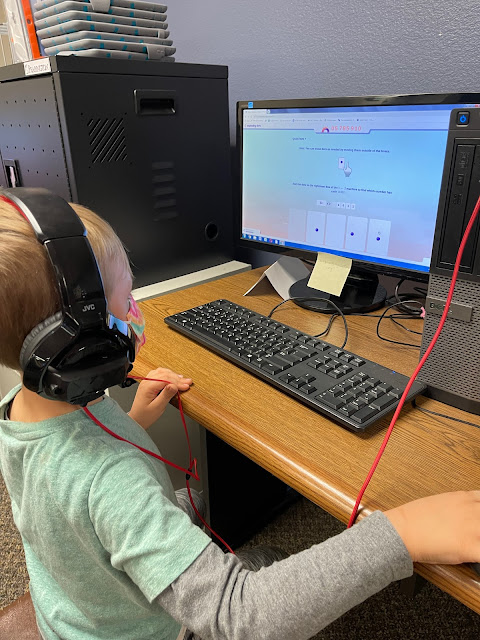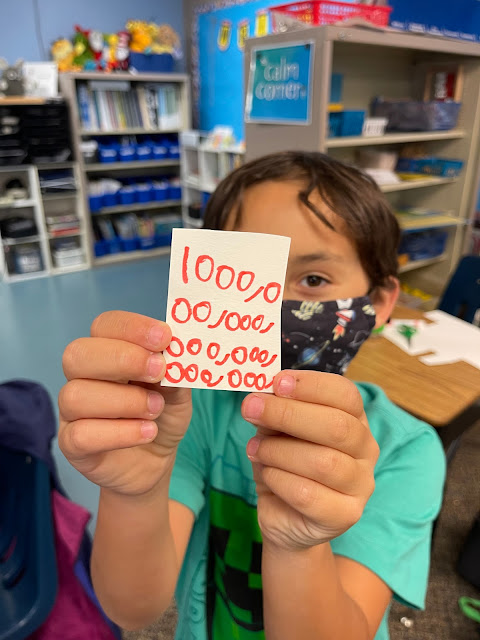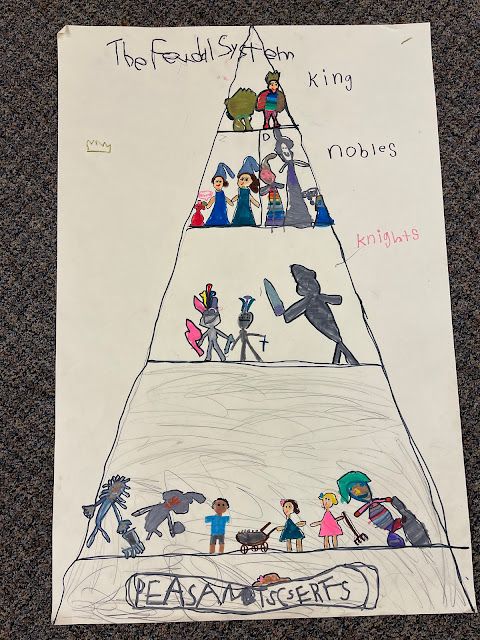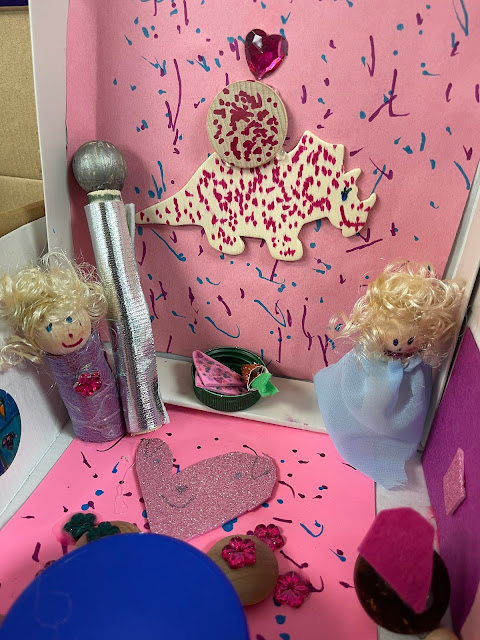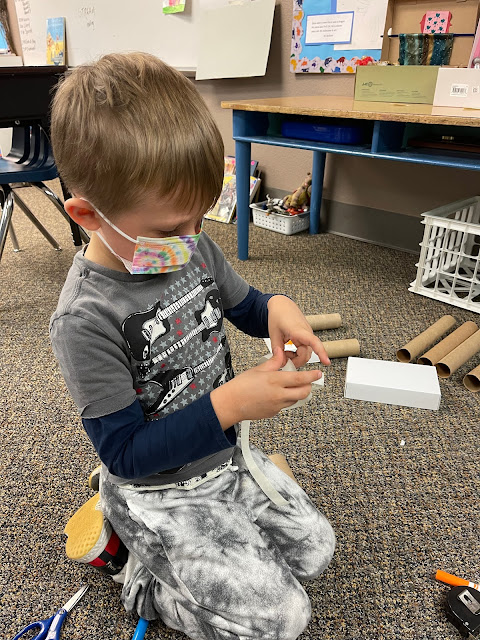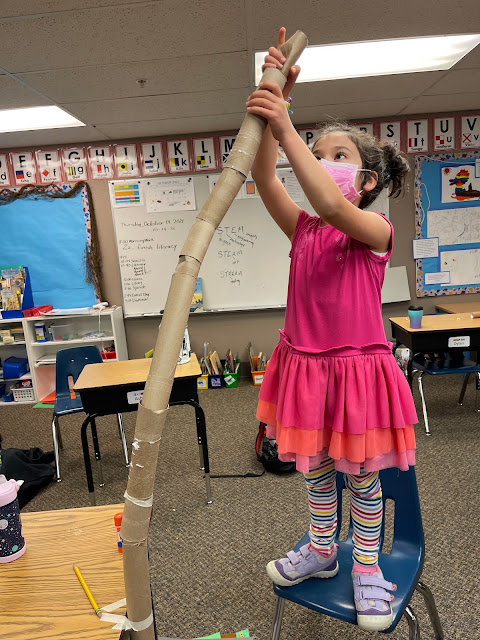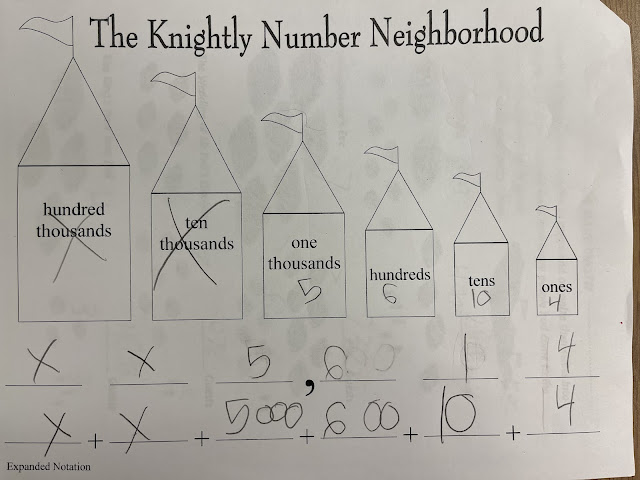Sunday, October 24, 2021
Global Math Week Part 3: "Race to a Flat" with Different Bases
Global Math Week Part 2: Exploding Dots
The Navigators participated in Global Math Week by investigating different bases and these first graders GOT IT!
We talked about powers of ten and watched Cosmic Eye. Lots of conversation was generated by this video.
Inquiry based learning: We watched the video "Exploding Dots" several times and just talked about what we noticed.
At first we noticed:
- It was funny when it exploded. Kaboom!
- There were lots of dots.
- The numbers changed.
Then we went a bit deeper:
- 12 is not 1100. It's wrong!
- It keeps on exploding when more dots are added.
- It explodes whenever there are two dots.
And even deeper:
- Two dots turn into one dot and goes into the next place over.
- It's like regrouping!
Ding ding ding! We're getting it!
Global Math Week Part 1: A Magical Moment with Humongous Numbers
Big numbers in first grade? Of course! Especially since gifted students LOVE THEM!
So, after we gained a solid understanding of place value, we took the opportunity to make very big numbers.
thirty-nine quattuoroctogintillion,
Saturday, October 16, 2021
A Quest to Discover How the Feudal System Worked
STEAM Projects: Three Steps toward Building Collaboration
The Seabury first graders have been studying the Medieval era and have been not only doing a variety of STEAM projects, but have been learning and practicing the skill of collaboration.
Step 1 Individual Project: Making a diorama of one of the four levels of the Feudal System
Step 2 Small Group Project: Make the Tallest Tower.
Supplies used: lots of toilet paper and paper towel tubes, scissors, two feet of masking tape, and a variety of cardboard odds and ends including a small box.
Step 3 Whole Group Project: Our Classroom Castle
Stay tuned! This project will put our collaboration skills and our engineering skills to the test!










